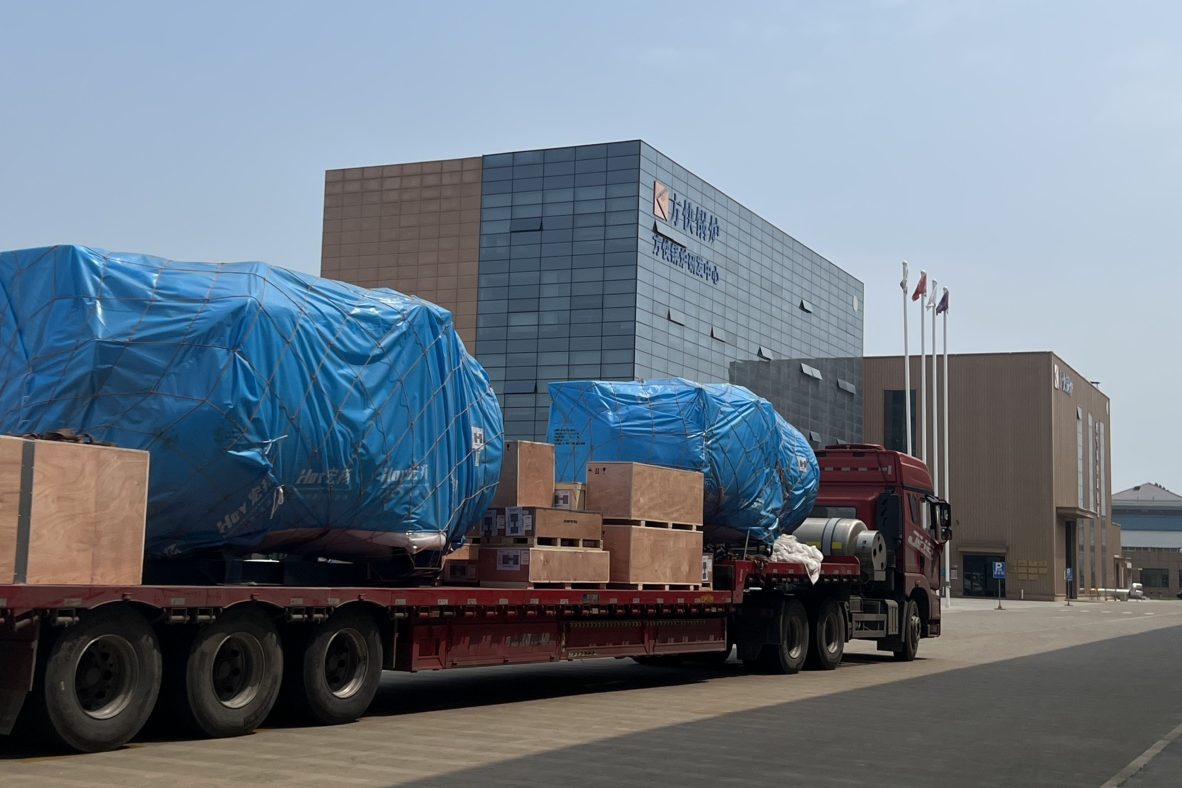Importing a steam boiler involves more than logistics—it covers compliance, installation, and operational readiness. Here’s what you really need to know:
1. Choose the Right Standards and Certifications
Your boiler must comply with recognized standards depending on destination:
-
ASME (American Society of Mechanical Engineers): essential for the U.S. market
-
CE and PED certifications: required for Europe
-
Quality management like ISO 9001, and local standards (e.g., China’s GB/T 16508)
Tip: Sellers should state certification clearly in contracts to avoid hidden non-compliance.
2. Technical Documentation & Pre-shipment Inspection
Ensure the contract includes:
-
Reference to design, manufacturing, testing standards
-
Complete technical pack: drawings, strength calculations, quality certificates, installation manual, and relief valve specs
Manufacturing should allow for in-country inspection. Once delivered, local inspection authorities must verify:
-
Nameplate data (e.g., capacity, pressure, manufacturing date)
-
Safety components and performance
3. Handling, Unloading & Installation
Proper logistics safeguard your investment:
-
Use lifting gear rated for boiler weight; avoid damage to shell or insulation
-
Install on a suitably raised and engineered base (100–150 mm above floor)
-
Leave maintenance clearance all around
Also, ensure the boiler house:
-
Is fire-rated, ventilated, and not adjacent to flammable zones
-
Has reliable power (use voltage stabilizer if needed)
4. Key Safety Devices & Calibration
Rigorous safety features reduce risk:
-
Safety valves: Minimum of two if boiler exceeds 0.5 t/h; vertical orientation; no block between valve and shell; correct sizing
-
Pressure and water level gauges: Two independent water level indicators, semi-annual gauge calibration, alarms and interlocks for ≥2 t/h units
-
Feedwater treatment: Control oxygen, CO₂, and minerals. Maintain pH ≥ 9 and remove salts or scale via demineralized water
5. Commissioning & Routine Maintenance
Before operation:
-
Pressure-test safety devices; check all gauges and valves
-
Clean internal surfaces, reset water chemistry
During operation:
-
Monitor water level, pressure, feedwater quality continuously
-
Monthly safety-valve tests, quarterly full run inspection, yearly comprehensive review by qualified technician
6. Beware of “Cheap” Imports
Buying low-cost boilers, especially uncertified imports, risk non-approval by inspectors (e.g., in the U.S.), safety violations, and scrappage . Evaluate:
-
Whether the manufacturer can provide full documentation and third-party assessment.
-
Supplier track record—ask for references, shop drawings, support capability
Key Takeaways
| Stage | What to Do |
|---|---|
| Pre-order | Ensure compliance with target market certifications and standards |
| Contract | Include full technical & safety documentation and supervising inspection |
| Transport & install | Use proper lifting techniques and prepare boiler room correctly |
| Safety setup | Correct valves, gauges, alarms, and feeding system |
| Operation | Use treated water, test equipment regularly, ensure professional maintenance |
By giving attention to certifications, documentation, safe installation, and diligent maintenance, you avoid importing costly hazards. A compliant and well-supported boiler ensures smooth, reliable steam production for years.
Get your best price
Quickly compare 3 FREE quotes
- Engineer quick quote
- The overall delivery speed is fast
- Financial choice
- Low installation costs and cost savings
25 years+ of boiler R&D
More than 20 innovative technologies





